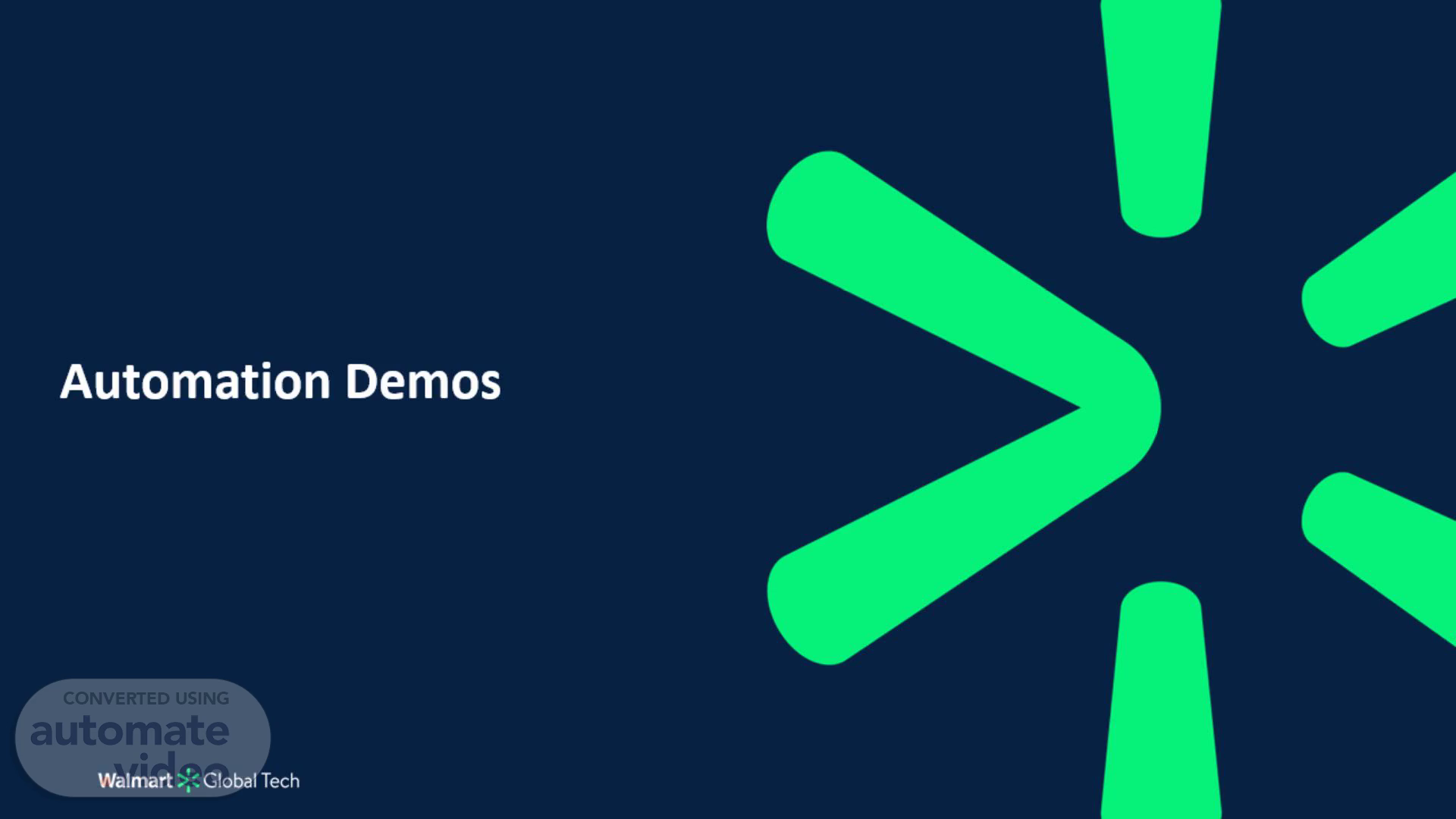Scene 1 (0s)
[Virtual Presenter] Hello Everyone , Today, We'll demonstrate the Automations built on Power Automate and Open Source platforms:.
Scene 2 (10s)
[Audio] This automation is built to integrate the various systems like SAP, QuickBase, Excel and MS Access Database to process the POs. It operates weekly 5 days, handling 300 to 500 POs. Here is the short description of the Bot: Business Problem: The BPCM PO Mass Creation team is currently investing significant manual effort in processing POs in SAP and Quick Base. Considering the number of transactions being processed manually, automation is essential to reduce the manual workload. Proposed Solution: This bot is responsible for creating different types of POs inside SAP. It accesses the BPCM system through the Quick Base app and downloads dashboards containing the information that will be used during the process. With the data in hand, the bot generates a tab-delimited text file with all the necessary columns for SAP to accept it for uploading. After this file is generated, the bot starts the SAP Logon application and accesses transaction X to upload the .txt file and consequently create all POs. After completing all these steps, the bot sends back new information (PO Number, Amount) during the process to the SMCA system (Quick Base – PO Table). Lets start the demo of the bot now:.
Scene 3 (55s)
[Audio] This automation is built on the Microsoft Power Automate platform. It is deployed in an Azure Virtual Machine and tagged to a service account to run the automation virtually. The bot can be orchestrated using the Power Automate web interface. We are now going to run the automation from the Power Automate Web Orchestrator. The process starts and performs the following activities: Log in to the QuickBase web application and download dashboard files. Read reference data from the shared drive and create an SAP text file. Log in to the SAP GUI desktop application and upload the SAP text file. Create POs, save the created POs, generate the report, and validate the status of the POs. Add POs to the MS Access database, import the QuickBase import file, and conclude the process. Logs will be available in Power Platform..
Scene 4 (2m 46s)
[Audio] This automation is built to integrate the various systems like Exchange for reading and writing emails, Google Big Query for data extraction, Excel and SharePoint to store the output reports. It operates daily, handling 60 to 100 vendor emails. Here is the short description of the Bot: Business Problem: The adult beverages team (primarily Beer, Wine & Spirits) is currently investing significant manual effort to address NOF (Not On File) issues that arise when vendors submit certain products at the store level. These issues occur because some products lack required details in their UPCs, preventing them from being sold in-store. To resolve this, the team collaborates with manufacturers and vendors to gather missing item information, identify new product details, and update existing product data. The bot matches Universal Product Codes from Big Query with state codes in Retail Link to identify restricted items and states. It prepares a Trait string, adds Omit Traits, and compiles a report for review. Proposed Solution: This automation process downloads Excel attachments received from vendors, consolidates and validates beverage data such as Beer, Wine, Spirits, etc. Vendor/item details are cross-verified using GCP, and standardized templates are used to prepare output reports. Data is validated for cost, quantity, and UPC, then categorized into various departments such as Beer, Wine, Spirits, and Others, and classified as valid or invalid. Final reports are uploaded to SharePoint folders, with issues escalated to the Automation Support Team and business exceptions communicated to the business team for resolution. Lets start the demo of the bot now:.
Scene 5 (3m 31s)
[Audio] This automation is built on an open-source platform using Python. It is deployed in WCNP, and we can manage the deployed automations using Kubernetes. Now, we are going to run the automation from Kubernetes. The process starts and performs the following activities: 1. Reads all emails from the inbox folder of the Adult Beverage Mailbox and downloads the Excel attachments. 2. Consolidates all the Excel files into a single document. If any document contains invalid data, it is reverted to the business with a business exception. 3. Downloads the Vendor and Item Vendor information from GCP. 4. Updates the Vendor and Vendor Item # in the consolidated Excel document and prepares the data for each vendor. 5. Uploads the vendor documents into SharePoint based on the vendor name and sends a notification to the business. Finally, we can view the logs generated by the Bot. Output is generated in SharePoint along with the email confirmation. Thank you!.
Scene 6 (5m 28s)
[Audio] Thank You.
